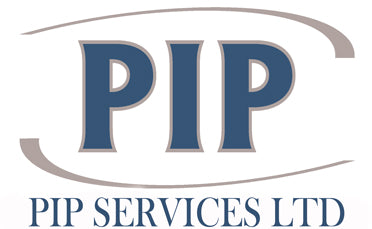Clear communication and prompt reporting are crucial elements of health and safety in the workplace. All employees must be kept informed about safety procedures, hazards, and updates to help prevent accidents and promote a culture of safety. There are various tools and methods available to employees to facilitate effective health and safety communication.
Methods of Communication
Let’s take a look at some specific methods available for communicating and reporting in the realm of workplace health and safety.
Safety Bulletins and Newsletters
Safety bulletins and newsletters are very effective for passing on health and safety information to employees regularly. They can provide updates on recent incidents, as well as reminders about safety protocols and targeted tips for keeping safe at work.
Here are some key features:
- Regular distribution (weekly, fortnightly, monthly).
- Highlights of recent safety incidents and lessons taken from them.
- Announcements of new safety policies or procedures.
- Practical safety tips and reminders for different work environments.
- Clear and engaging visual elements like diagrams or infographics.
The benefits of newsletters include consistent delivery of safety-related messages, a permanent record of safety communications, and the options to print or email them to make them more accessible.
Safety Meetings and Toolbox Tasks
Meeting face to face is a valuable way to communicate health and safety matters. Safety meetings can be formal occasions involving the entire company or smaller toolbox talks that focus on particular safety issues or tasks for certain departments.
Effective practices for safety meetings include:
- Holding them regularly to allow employees to discuss current issues.
- Providing a safe space for employees to voice concerns and ask questions.
- Reviewing recent safety incidents and the resulting preventative measures.
- Reinforcing key safety procedures.
- Ensuring participation from employees at all levels, including management.
Toolbox talks should be shorter and focused on specific safety topics. They can be held weekly or even daily to keep safety at the front of workers’ minds.
Digital Platforms for Safety Communication
In the digital age, online tools and platforms are a convenient and efficient solution for communicating health and safety information. They allow for real time communication, instant updates, and streamlined access to safety resources.
Here are a few popular digital tools:
- Intranets and employee portals: These centralised locations can be sources of safety documents, protocols, and incident reports.
- Mobile apps: These offer the means to report hazards or incidents directly from smartphones.
- Email alerts and notifications: These instantly communicate urgent safety updates or procedural changes.
- Webinars and online training: Flexible options to provide health and safety training to people like remote workers.
- Instant messaging tools: Real-time communication of safety concerns or hazards can be easily facilitated.
Digital platforms are easily accessible for all employees, no matter where they are. They allow for real-time updates and instant communication, as well as the permanent storage of safety records and incident reports.
Communication in Daily Operations
A formalised incident reporting system is important for tracking and analysing incidents at work. You can also offer constant reminders of key health and safety protocols in the workplace through the use of visual aids like posters, signs and charts. Ongoing communication with employees is the best way to emphasise the importance of safety practices so use every opportunity available to you.
Why choose PIP Services for your health and safety consultancy?
We’re dedicated to providing the highest level of advice on all Health and Safety related matters and will assist companies in meeting their obligations. We offer a wide range of Health & Safety Services for a variety of clients. We represent many companies and deal with all of their Health & Safety matters.
We’re also an accredited CITB, NEBOSH, IOSH, IWFM & CITB training provider, as well as a ProQual-approved NVQ centre.
We also offer a business partnership programme offering a NVQ Level 6 Diploma in Occupational Health & Safety & NEBOSH General Certificate to help you become a health and safety consultant.
We are rated 4.9/5 on Trustpilot, and you can read our reviews here. If you would like to speak to us about your training needs, please get in touch using the button below.

